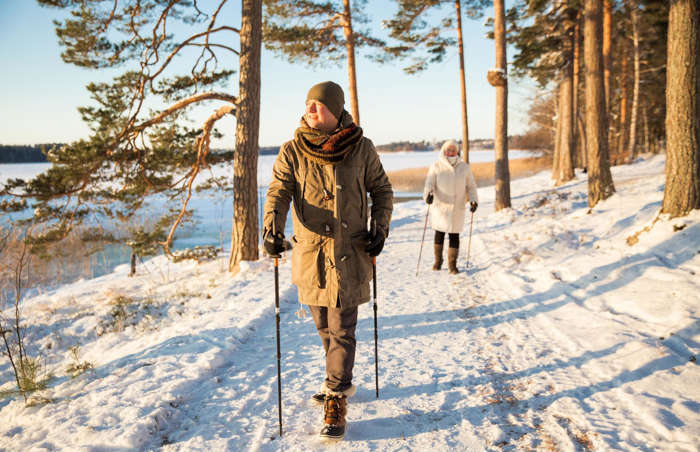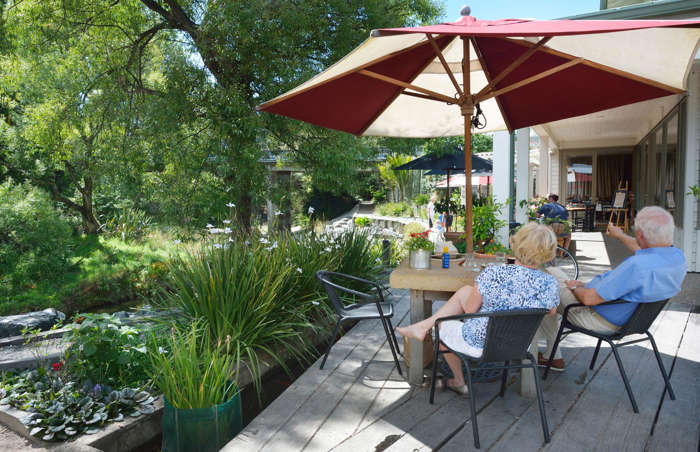Tucked just off the coast of Ibiza lies the fourth largest island in Balearics and is often overshadowed by its neighbours.
Formentera is just four miles south of Ibiza and is actually split into two, with the island of S’Espalmador separated from the main island by a shallow sandbar.
The island doesn’t have an airport, so the only way you’ll be able to reach it is by boat from it’s party-island neighbour.
You can expect highs of 30 degrees in August but enviable temperatures in the spring too.
Without the craziness of Ibiza, you’ll find an abundance of white sand beaches on the island, making it a prime relaxation spot for sun worshippers.
Playa de Ses Illetes beach was voted the Best of the Best by TripAdvisor’s Travellers’ Choice awards, which make you feel like you’re in an “exotic film set.”
But don’t worry, there are plenty more beaches on the island to choose from, so you’ll never run out of sand to sunbathe on.
Other top rated beaches on Formentera include Cala Saona, Calo Des Mort and Platja de Migjorn - which all won TripAdvisor’s Travellers Choice Award last year.
If you’re looking to do some island exploring, you can head to one of the lighthouses and lookout points, including Far de la Mola.
The lighthouse stands on the edge of a cliff 120 metres above sea level, on the Mola plateau, where you can also find the highest point on the island - Sa Talaiassa, which stands 192 metres above sea level.
One of the island’s most iconic landmarks is the lighthouse of Cap de Barbaria, which is the southernmost location of all the Balearic Islands.
It’s also the closest point to the African coasts.

© Getty ImagesFormentera boasts the world's best beach, according to Tripadvisor reviews
Near the lighthouse you’ll find the Foradada cave, a grotto that leads to a stunning natural viewpoint.
Formentera’s major villages include San Francesc Xavier, Sant Ferran de ses Roques, El Pilar de la Mola and La Savina.
In the island’s ‘capital village’ of San Francesc Xaviar you’ll find the Sanctuary and Castle of Javiar, as well as a main square, a Trumptontown hall, and plenty of restaurants and cafes serving toast with tomato and olive oil.
The village also has a market everyday with stalls selling sarongs and handmade jewellery.
Plenty of famous faces have walked along the island’s shores, including singer Joni Mitchell, and Bob Dylan who used to live in the Cap de Barbaria lighthouse.

© Getty ImagesFormentera is beautiful - but strangely overlooked in favour of neighbouring Ibiza
You’ll also find Formentera boasting some top rated eateries, serving everything from freshly caught seafood, Mediterranean and authentic Spanish and Catalan cuisine.
At La Mariterranea Formentera you can experience a true “taste of Spain” with dishes such as traditional paellas (or their take on a creative paella, if you’re feeling adventurous), Beef sirloin with Iberian ham and truffle parmentier, and Dulce de Choco pops for dessert.
So if you’re looking to go off the beaten track for your next getaway, Formentera might be the place to go.
How to get there
You can fly directly from London City Airport to Ibiza, before getting the ferry across to Formentera.
Or if you'd prefer the drive, it'll 23 hours and 45 minutes.

































